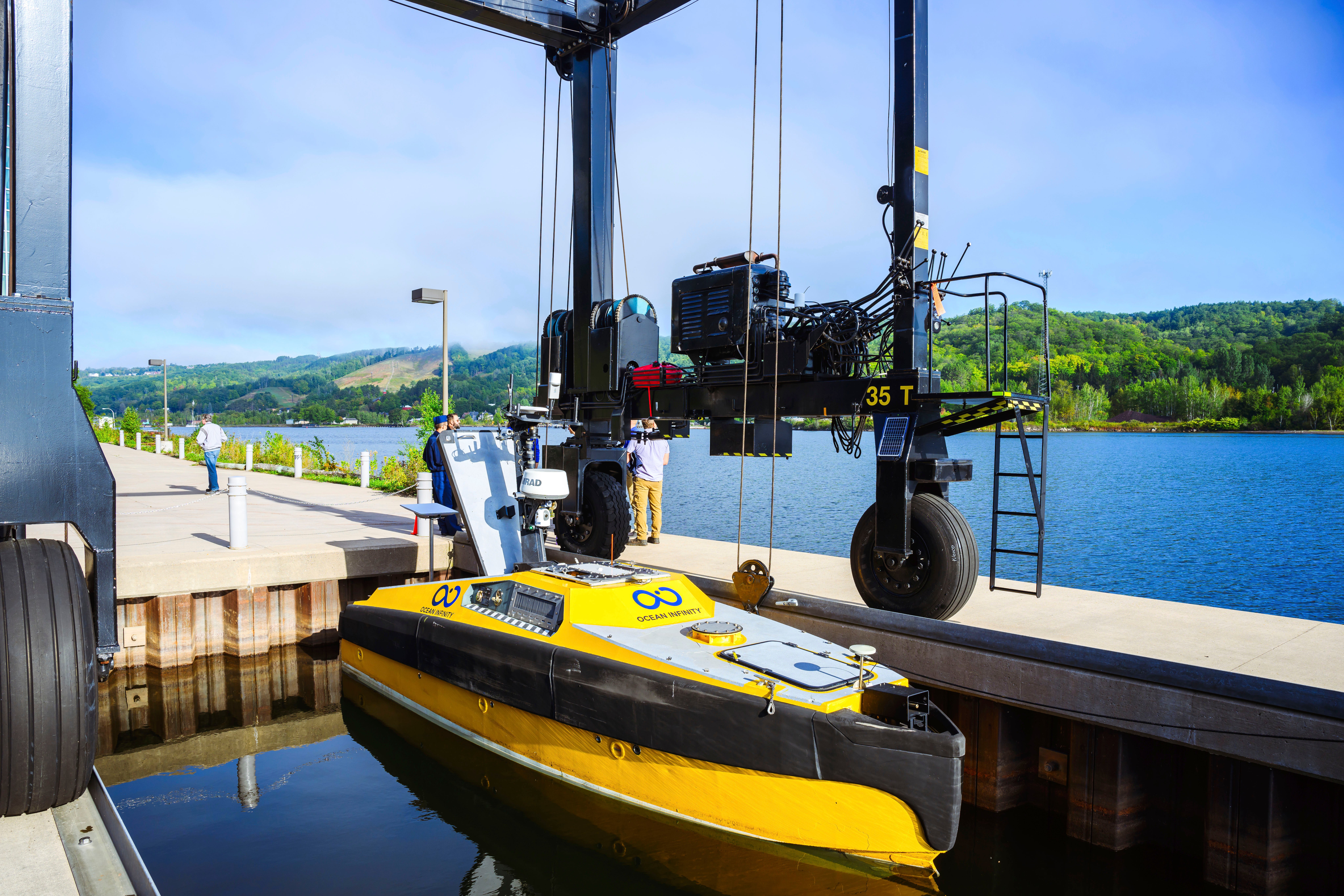High-tech search for 1968 plane wreck in Michigan's Lake Superior shows nothing so far
There's a high-tech search going on in Michigan’s Lake Superior

Your support helps us to tell the story
From reproductive rights to climate change to Big Tech, The Independent is on the ground when the story is developing. Whether it's investigating the financials of Elon Musk's pro-Trump PAC or producing our latest documentary, 'The A Word', which shines a light on the American women fighting for reproductive rights, we know how important it is to parse out the facts from the messaging.
At such a critical moment in US history, we need reporters on the ground. Your donation allows us to keep sending journalists to speak to both sides of the story.
The Independent is trusted by Americans across the entire political spectrum. And unlike many other quality news outlets, we choose not to lock Americans out of our reporting and analysis with paywalls. We believe quality journalism should be available to everyone, paid for by those who can afford it.
Your support makes all the difference.An ambitious high-tech search in Michigan's Lake Superior so far has turned up no sign of a plane that crashed in 1968, killing three people who were on a scientific research trip.
An autonomous vessel was launched Monday in a section of the vast lake where the Beechcraft Queen Air is believed to have crashed off the Keweenaw Peninsula. The Armada 8 sends sonar readings and other data to experts trailing it on boats.
“We have not definitively confirmed any targets as aircraft at this time,” said Travis White, a research engineer at the Great Lakes Research Center at Michigan Technological University, speaking from a boat Thursday.
The team can drop a small cylindrical device overboard to record images and collect more data from possible hot spots on the lake bottom.
“What we’ve been seeing so far is big stones or out-of-the-ordinary rock features,” said state maritime archaeologist Wayne Lusardi.
The plane carrying pilot Robert Carew, co-pilot Gordon Jones and graduate student Velayudh Krishna Menon left Madison, Wisconsin, for Lake Superior on Oct. 23, 1968. They were collecting information on temperature and water radiation for the National Center for Atmospheric Research.
Seat cushions and pieces of stray metal have washed ashore over decades. But the plane wreckage and the remains of the men have never been found. That area of the lake is 400 feet (122 meters) deep.
“We are eagerly following the search. All the best!” Menon's family said in a message on a YouTube site where daily video updates are posted.
The mission on the lake will end this week. The wreckage would not be raised if located, though confirmation would at least solve the mystery.
“There's still a lot of post-processing of data to come in the next few weeks,” Lusardi said. “At that time there may be a potential for targets that look really, really interesting, and then we can deploy a team from Michigan Tech later in the month as weather permits.”
The search was organized by the Smart Ships Coalition, a grouping of more than 60 universities, government agencies, companies and international organizations interested in maritime autonomous technologies.
___
Follow Ed White at https://twitter.com/edwritez